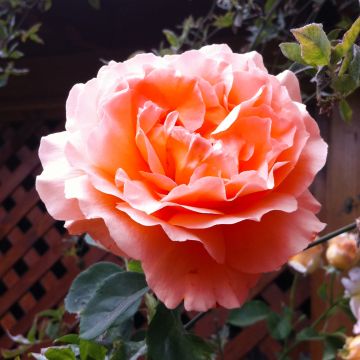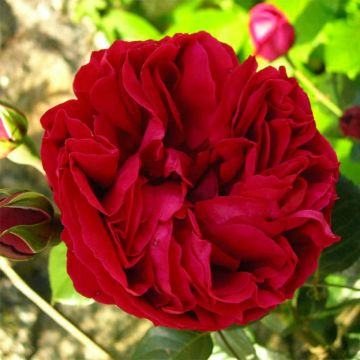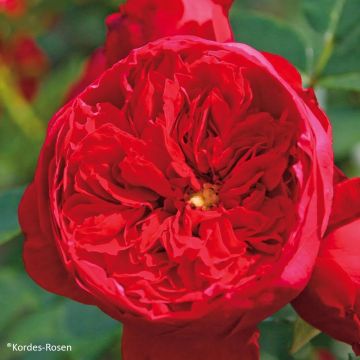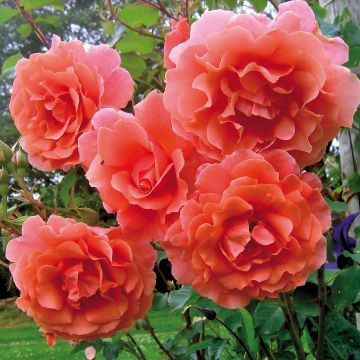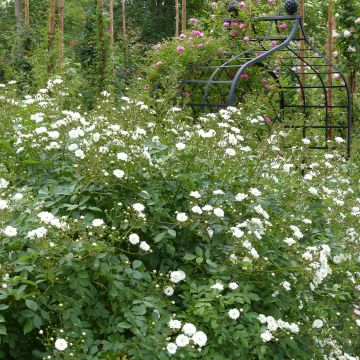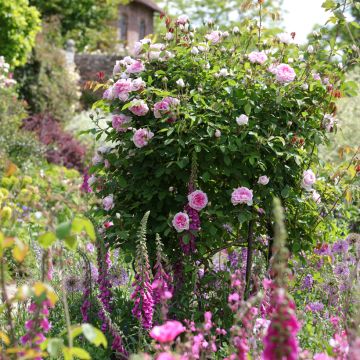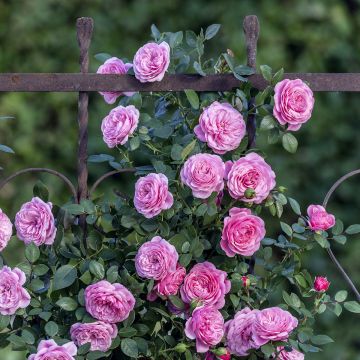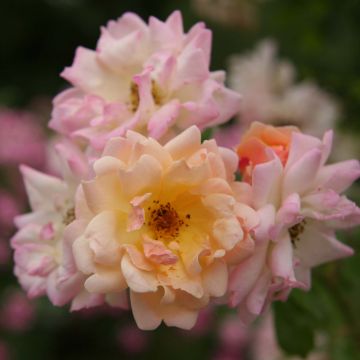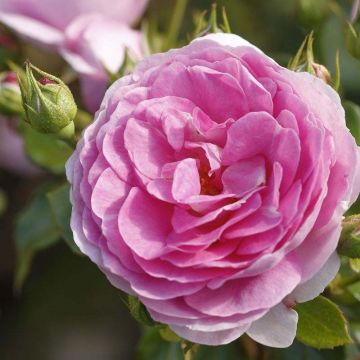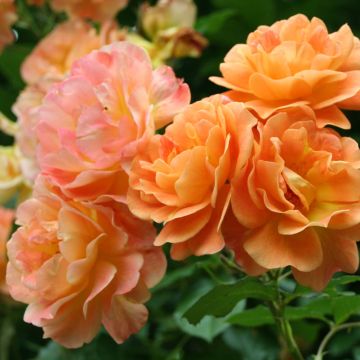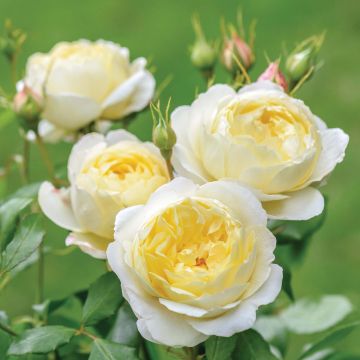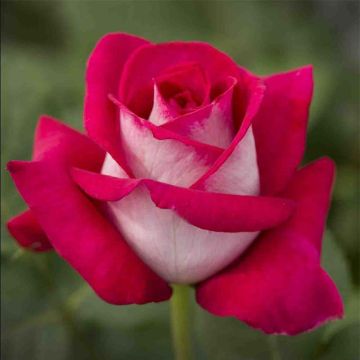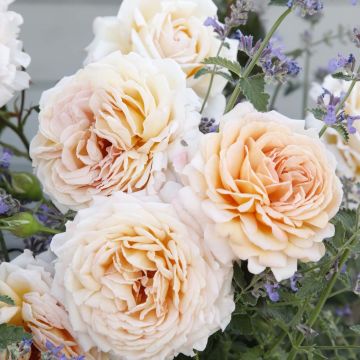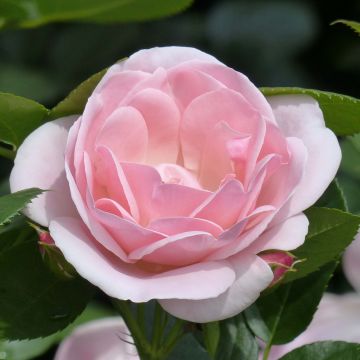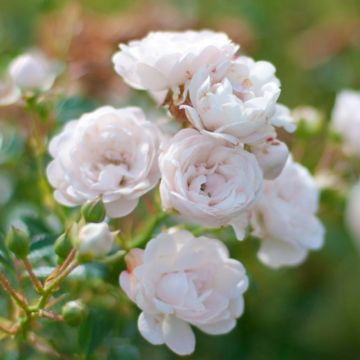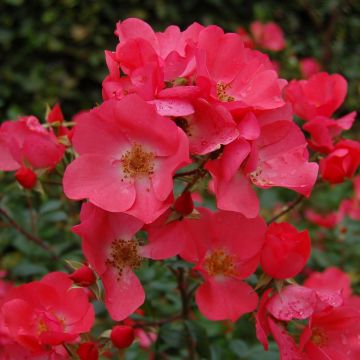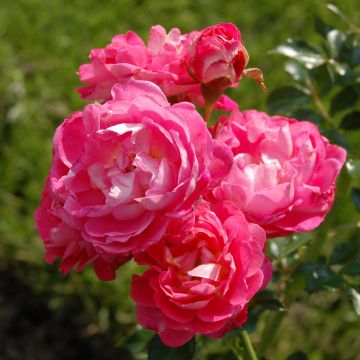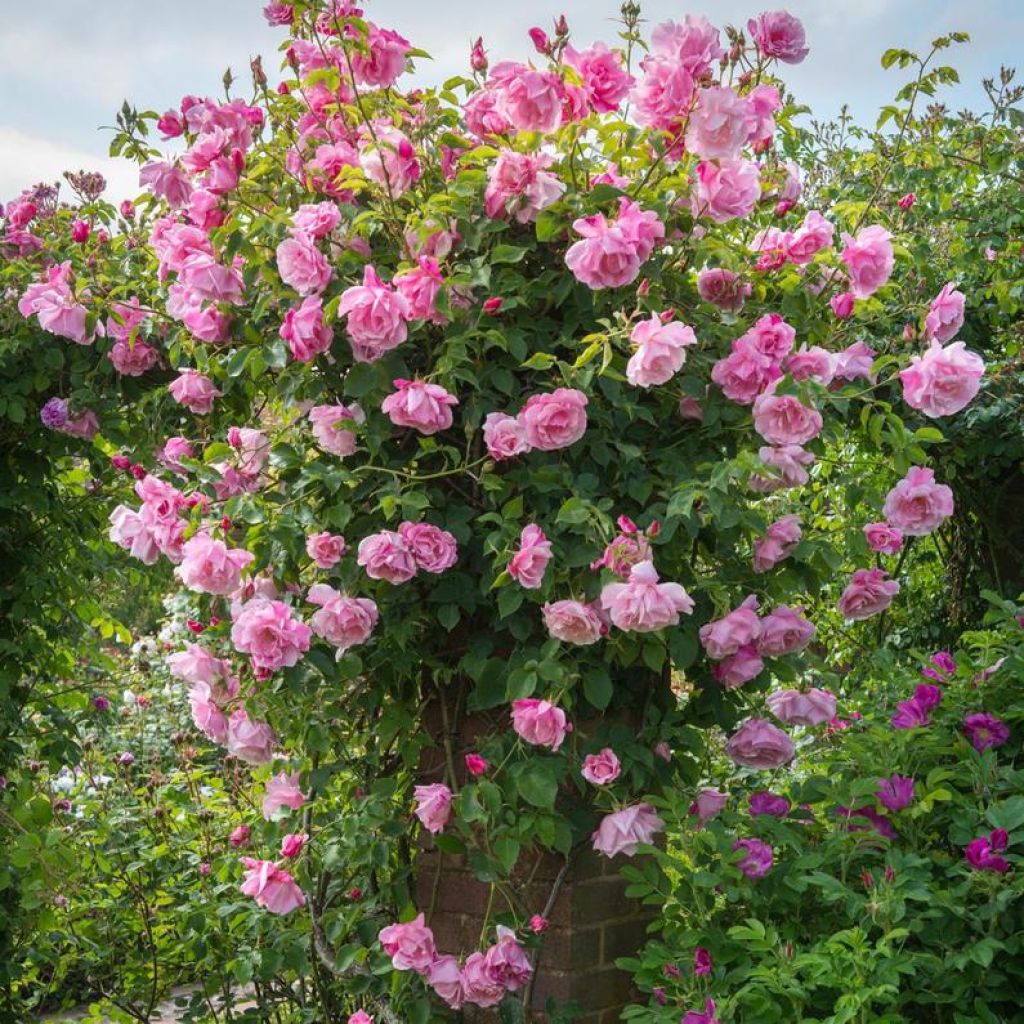

Rosa 'Mme Gregoire Staechelin' - Climbing Rose
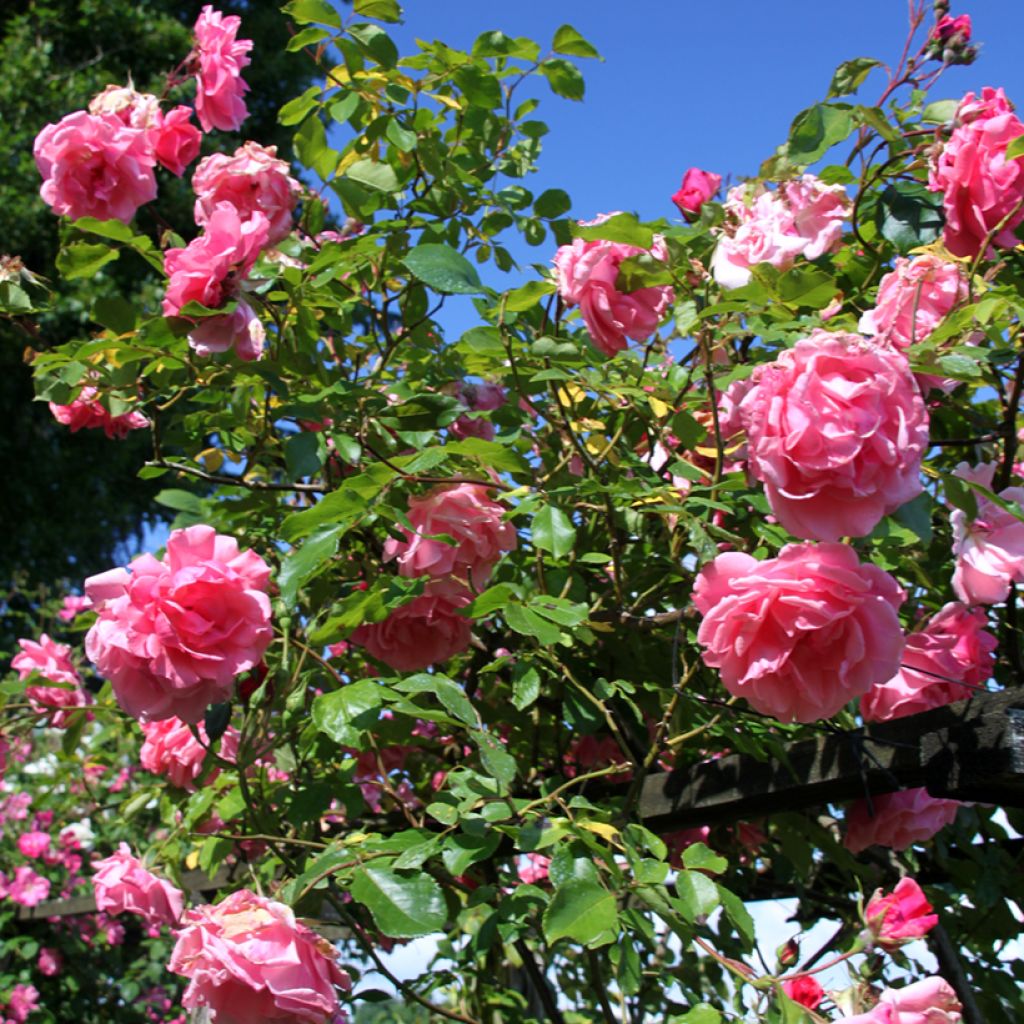

Rosa 'Mme Gregoire Staechelin' - Climbing Rose
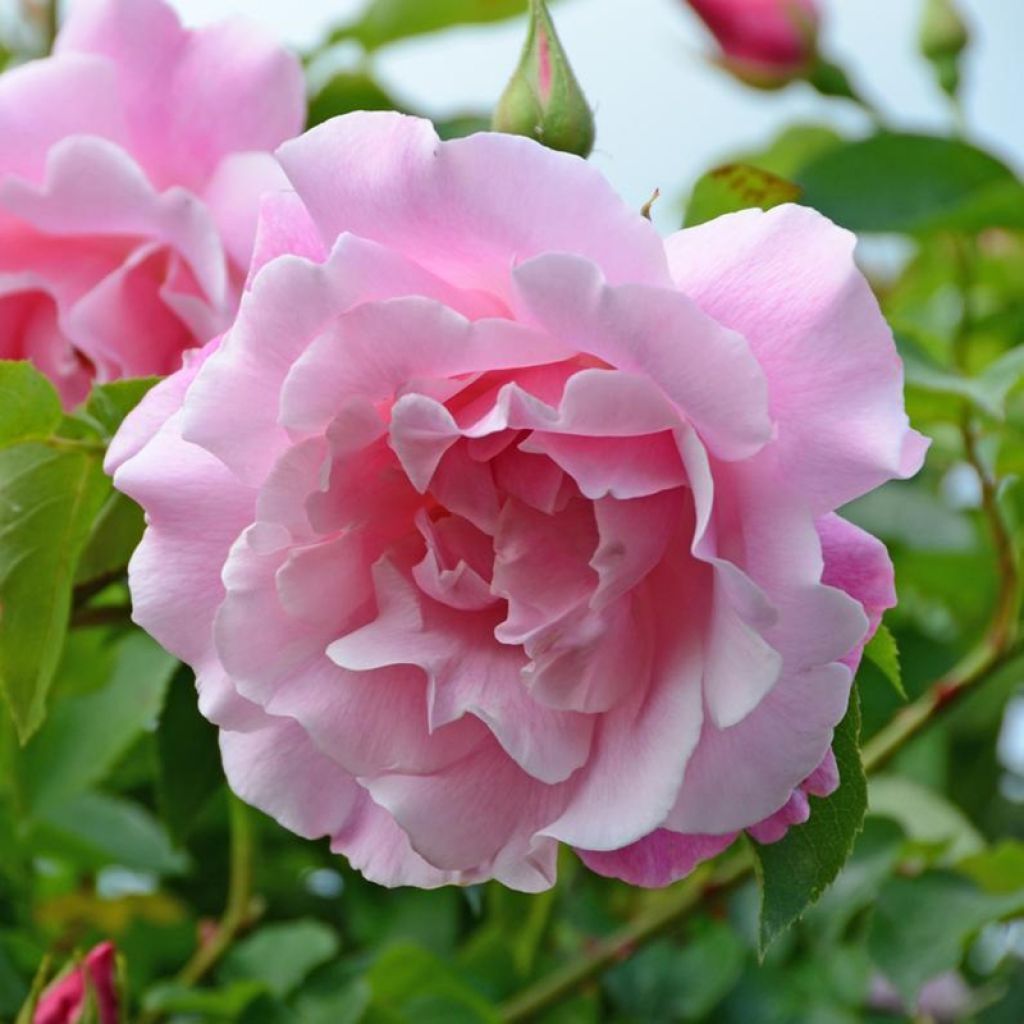

Rosa 'Mme Gregoire Staechelin' - Climbing Rose
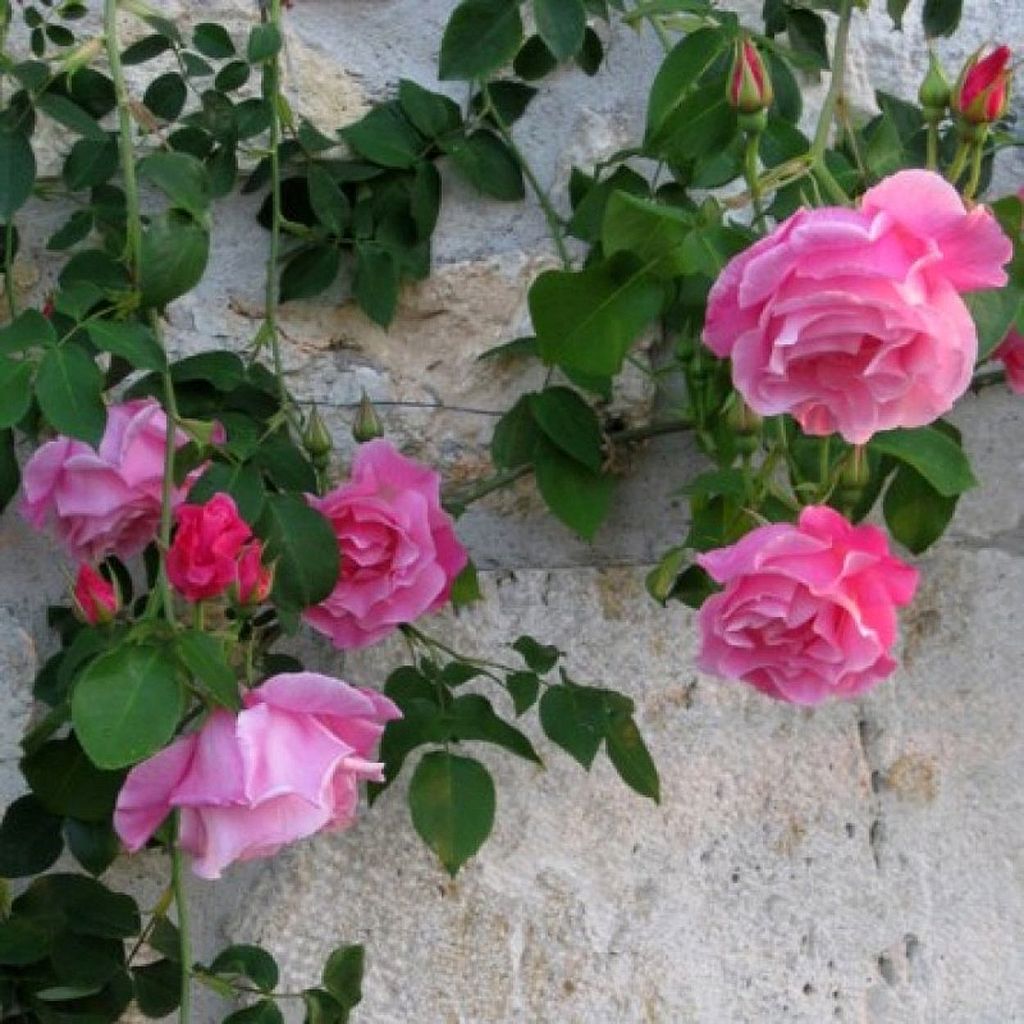

Rosa 'Mme Gregoire Staechelin' - Climbing Rose
Rosa 'Mme Gregoire Staechelin' - Climbing Rose
Rosa Mme Gregoire Staechelin
Rose
This item cannot be shipped to the selected country
Delivery charge from €5.90
Delivery charge from €5.90
Delivery to Corse prohibited
More information
Schedule delivery date,
and select date in basket
This plant carries a 6 months recovery warranty
More information
We guarantee the quality of our plants for a full growing cycle, and will replace at our expense any plant that fails to recover under normal climatic and planting conditions.
From €5.90 for pickup delivery and €6.90 for home delivery
Express home delivery from €8.90.
From €5.90 for pickup delivery and €6.90 for home delivery
Express home delivery from €8.90.
Delivery to Corse prohibited: UE law prohibits the import of this plant from mainland France to Corse as part of the fight against Xylella fastidiosa. Please accept our sincere apologies.
More information
Does this plant fit my garden?
Set up your Plantfit profile →
Description
The Climbing Rose 'Mme Gregoire Staechelin' is a remarkable Spanish creation dating back to 1927, rewarded in England by the RHS for its numerous qualities. This excellent hybrid tea is distinguished first by its vigour, then by the exuberance of its flowering in delicate, semi-double corollas in various shades of pink and with a light fragrance. Massive in late spring, it blooms several times until early summer. In autumn, the vegetation is adorned with abundant and decorative fruiting. Finally, this variety is one of the few that also blooms in slightly shaded areas of the garden. An easy-to-grow, generous rose that has rightly won the hearts of many gardeners.
The Climbing Rose 'Mme Gregoire Staechelin' is part of the complex family of hybrid teas, also known as large-flowered roses. It is a creation by Spanish rosarian Pedro Dot. It results from a cross between the 'Frau Karl Druschki' and 'Château de Clos-Vougeot' roses. It is a sarmentous rose with exceptional vigour. It develops thorny stems, reaching over 5m (16ft) (sometimes 7m (23ft)) in height and 3 to 6m (10 to 20ft) in width, depending on the growing conditions. Through regular pruning, it can be trained into a large bush of 2.40m (8ft) in height. Its deciduous, light green and shiny foliage is particularly healthy and perfectly enhances the colour of the flowers. Its flowering lasts 4 to 5 weeks in successive waves. It blooms on second-year shoots, first in May-June, abundantly, and then again until late July, no matter what. Its large roses, measuring 9-10cm (4in) wide, are composed of 9 to 16 undulated petals. Their colour is a light pink veined with deep pink, with the same deep pink on the reverse. In the centre, a beautiful bouquet of golden stamens attracts bees. Their fragrance is fresh and light. After pollination, numerous fruits in the shape of small pears, orange in colour, form and remain decorative throughout winter.
The rose 'Mme Gregoire Staechelin' should be included in all gardens of old roses, not only for all the virtues mentioned above but also because it can grow in sometimes challenging conditions and bloom even in the shade, without the support of treatments or fertilisers. Over the years, it will become a faithful and indispensable companion for structuring the landscape. Like other climbers, it is incomparable for adorning walls, fences, and garden sheds alongside vigorous clematis like 'Montana' or 'Prince Charles'. It is an ideal companion for dead trees that it will revive. Finally, it can be perfectly planted in a free hedge or used as a bush with appropriate pruning.
Report an error about the product description
Rosa 'Mme Gregoire Staechelin' - Climbing Rose in pictures
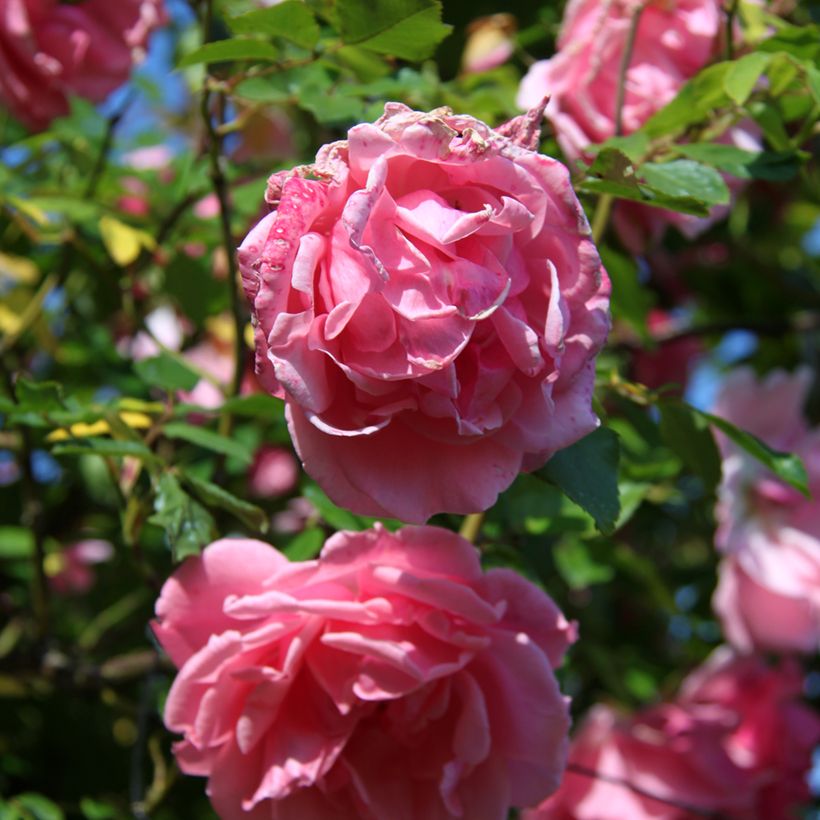

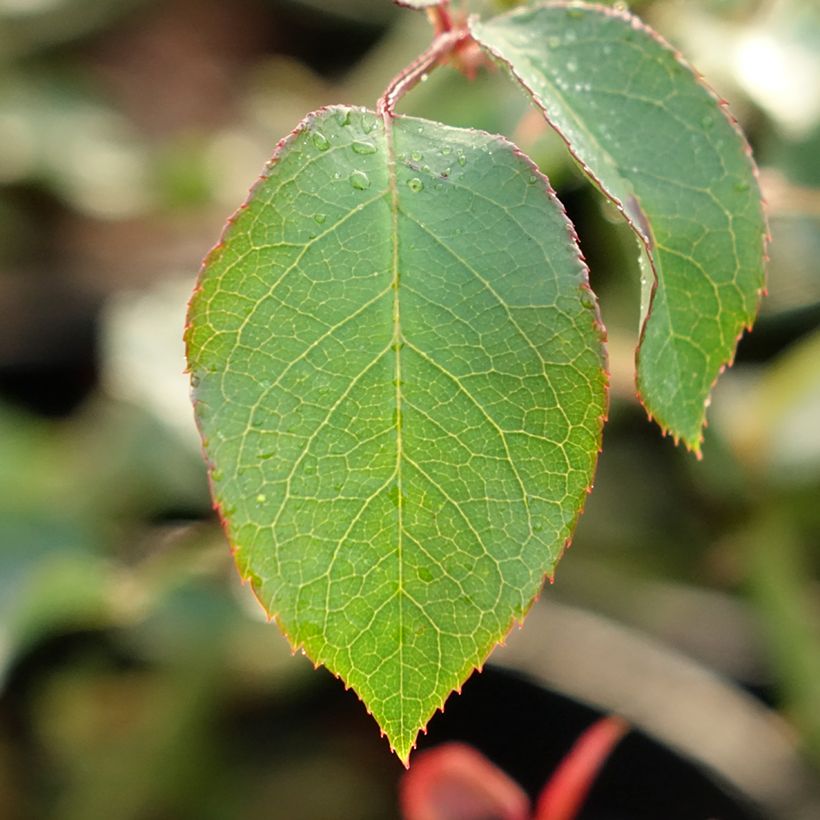

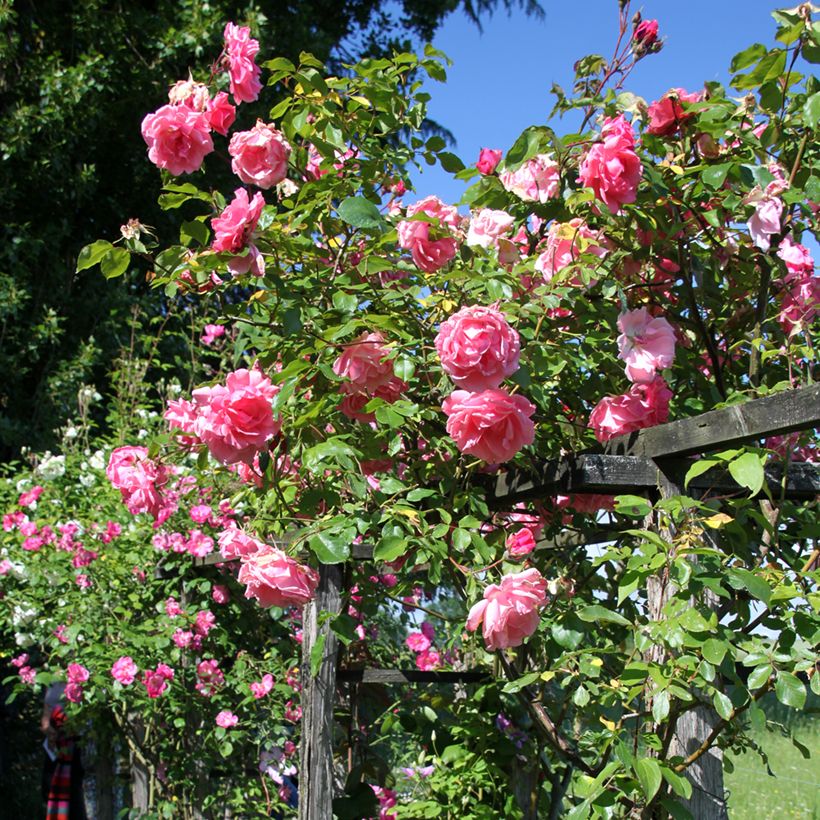

Plant habit
Flowering
Foliage
Botanical data
Rosa
Mme Gregoire Staechelin
Rosaceae
Rose
Cultivar or hybrid
Other Climbing Roses
Planting and care
The 'Mme Gregoire Staechelin' rose, which is not demanding, adapts to any soil, as long as the planting is taken care of, it does not lack water to start well, nor food. However, it fears soils that are too wet. Plant it in well-worked and properly drained ordinary soil and a sunny or partially shaded location. It can tolerate receiving only a few hours of sunlight in hot and sunny regions. Plant it in autumn, never when it freezes.
Pruning is an essential practice to keep your rose plant in good shape. To preserve its structure, it is important to keep the main branches intact. At the end of winter, you can remove the lateral branches by cutting them 3 to 5 cm (1 to 2in) from the main branches. This helps the plant rejuvenate and promotes flower production at the base of the plant. This rose is fairly hardy and can withstand temperatures as low as -20°C (-4°F). You can remove dead wood in winter and faded flowers if you don't want hips. If necessary, light pruning can be done in spring after the risk of frost has passed. Climbing roses can grow freely if you have ample space available.
If you plant a climbing rose next to a live tree, the rose's root system will compete with the already well-established tree. Here's a trick to control watering: plant the rose in a large container with a perforated bottom at the tree's base. The tree's roots will not penetrate the container for at least a year. Remove the container after 1 year by cutting one side without disturbing the rose's root system. By then, the rose will have had time to develop its root system and be more resistant deeply.
Planting period
Intended location
Care
-
, onOrder confirmed
Reply from on Promesse de fleurs
Roses by purpose
Haven't found what you were looking for?
Hardiness is the lowest winter temperature a plant can endure without suffering serious damage or even dying. However, hardiness is affected by location (a sheltered area, such as a patio), protection (winter cover) and soil type (hardiness is improved by well-drained soil).

Photo Sharing Terms & Conditions
In order to encourage gardeners to interact and share their experiences, Promesse de fleurs offers various media enabling content to be uploaded onto its Site - in particular via the ‘Photo sharing’ module.
The User agrees to refrain from:
- Posting any content that is illegal, prejudicial, insulting, racist, inciteful to hatred, revisionist, contrary to public decency, that infringes on privacy or on the privacy rights of third parties, in particular the publicity rights of persons and goods, intellectual property rights, or the right to privacy.
- Submitting content on behalf of a third party;
- Impersonate the identity of a third party and/or publish any personal information about a third party;
In general, the User undertakes to refrain from any unethical behaviour.
All Content (in particular text, comments, files, images, photos, videos, creative works, etc.), which may be subject to property or intellectual property rights, image or other private rights, shall remain the property of the User, subject to the limited rights granted by the terms of the licence granted by Promesse de fleurs as stated below. Users are at liberty to publish or not to publish such Content on the Site, notably via the ‘Photo Sharing’ facility, and accept that this Content shall be made public and freely accessible, notably on the Internet.
Users further acknowledge, undertake to have ,and guarantee that they hold all necessary rights and permissions to publish such material on the Site, in particular with regard to the legislation in force pertaining to any privacy, property, intellectual property, image, or contractual rights, or rights of any other nature. By publishing such Content on the Site, Users acknowledge accepting full liability as publishers of the Content within the meaning of the law, and grant Promesse de fleurs, free of charge, an inclusive, worldwide licence for the said Content for the entire duration of its publication, including all reproduction, representation, up/downloading, displaying, performing, transmission, and storage rights.
Users also grant permission for their name to be linked to the Content and accept that this link may not always be made available.
By engaging in posting material, Users consent to their Content becoming automatically accessible on the Internet, in particular on other sites and/or blogs and/or web pages of the Promesse de fleurs site, including in particular social pages and the Promesse de fleurs catalogue.
Users may secure the removal of entrusted content free of charge by issuing a simple request via our contact form.
The flowering period indicated on our website applies to countries and regions located in USDA zone 8 (France, the United Kingdom, Ireland, the Netherlands, etc.)
It will vary according to where you live:
- In zones 9 to 10 (Italy, Spain, Greece, etc.), flowering will occur about 2 to 4 weeks earlier.
- In zones 6 to 7 (Germany, Poland, Slovenia, and lower mountainous regions), flowering will be delayed by 2 to 3 weeks.
- In zone 5 (Central Europe, Scandinavia), blooming will be delayed by 3 to 5 weeks.
In temperate climates, pruning of spring-flowering shrubs (forsythia, spireas, etc.) should be done just after flowering.
Pruning of summer-flowering shrubs (Indian Lilac, Perovskia, etc.) can be done in winter or spring.
In cold regions as well as with frost-sensitive plants, avoid pruning too early when severe frosts may still occur.
The planting period indicated on our website applies to countries and regions located in USDA zone 8 (France, United Kingdom, Ireland, Netherlands).
It will vary according to where you live:
- In Mediterranean zones (Marseille, Madrid, Milan, etc.), autumn and winter are the best planting periods.
- In continental zones (Strasbourg, Munich, Vienna, etc.), delay planting by 2 to 3 weeks in spring and bring it forward by 2 to 4 weeks in autumn.
- In mountainous regions (the Alps, Pyrenees, Carpathians, etc.), it is best to plant in late spring (May-June) or late summer (August-September).
The harvesting period indicated on our website applies to countries and regions in USDA zone 8 (France, England, Ireland, the Netherlands).
In colder areas (Scandinavia, Poland, Austria...) fruit and vegetable harvests are likely to be delayed by 3-4 weeks.
In warmer areas (Italy, Spain, Greece, etc.), harvesting will probably take place earlier, depending on weather conditions.
The sowing periods indicated on our website apply to countries and regions within USDA Zone 8 (France, UK, Ireland, Netherlands).
In colder areas (Scandinavia, Poland, Austria...), delay any outdoor sowing by 3-4 weeks, or sow under glass.
In warmer climes (Italy, Spain, Greece, etc.), bring outdoor sowing forward by a few weeks.


































